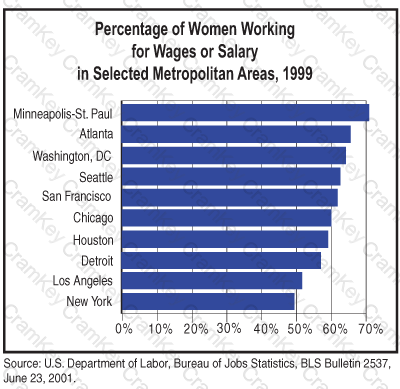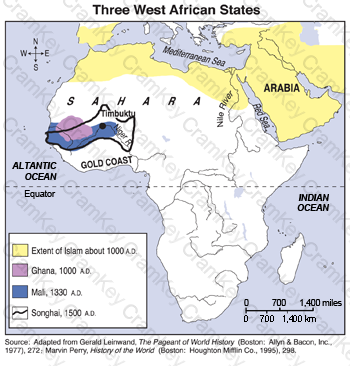| Exam Name: | GED Social Studies Exam | ||
| Exam Code: | GED-Social-Studies Dumps | ||
| Vendor: | GED | Certification: | GED Social Studies |
| Questions: | 300 Q&A's | Shared By: | tommie |
Nationalism is defined as devotion to one’s nation.It can encourage positive civic participation for a more productive society.If carried to the extreme, however, it can cause widespread and violent international conflicts.
Which of the following illustrates extreme nationalism in the twentieth century?
A Florida state court convicted Clarence Earl Gideon of breaking and entering.In 1963, Gideon appealed this case to the U.S. Supreme Court.Declaring that his original trial was unfair because he was not represented by an attorney, the Supreme Court issued a landmark decision stating that defendants in all criminal cases were entitled to representation by an attorney.
Which basic principle of U.S. law regarding individual constitutional rights did the Supreme Court’s decision in the Gideon case reaffirm?
The data in the graph to the left reflect a development in the U.S. workplace that began after World War II.

If the percentages shown in the graph increase over time, which development would most likely occur?
-- Exhibit --
For hundreds of years, a huge desert, the Sahara, separated and protected West Africa from European and Asian armies. However, eventually, between the years 1000 and 1500 A.D., Arab Muslim trading caravans from the north and east linked the trading world to three African kingdoms, one of which was Ghana. Ghana’s king ruled more than a million people by the 11th century A.D. Ghana became a rich empire because it controlled the trade routes between the salt mines in the Sahara and the gold mines farther south. The Muslim kings of Mali conquered Ghana by the end of the 13th century. Mali’s capital city, Timbuktu, became a great center of Islamic religion, learning, art, and trade.The Emperor Mansa Musa made Mali the center of gold production and African-Eurasian trade.
Eventually, the Songhai Empire conquered Mali in 1468 A.D. The empire reestablished Timbuktu as a great Muslim trading center in West Africa. Traders throughout Africa soughtSonghai’s tin and leather products. Songhai grew and ultimately controlled an area of 1,500 miles across West Africa.
Adapted from The Age of Calamity, A.D. 1300-1400 (Richmond, Va.: Time-Life Books, 1989), 143-148; T. Walter Wallbank et al., History and Life, 4th ed. (Glenview, Ill.: Scott, Foresman, and Co., 1993) 283–286, 324–329.
-- Exhibit --

Which geographic feature helped to protect the West African states from invaders?